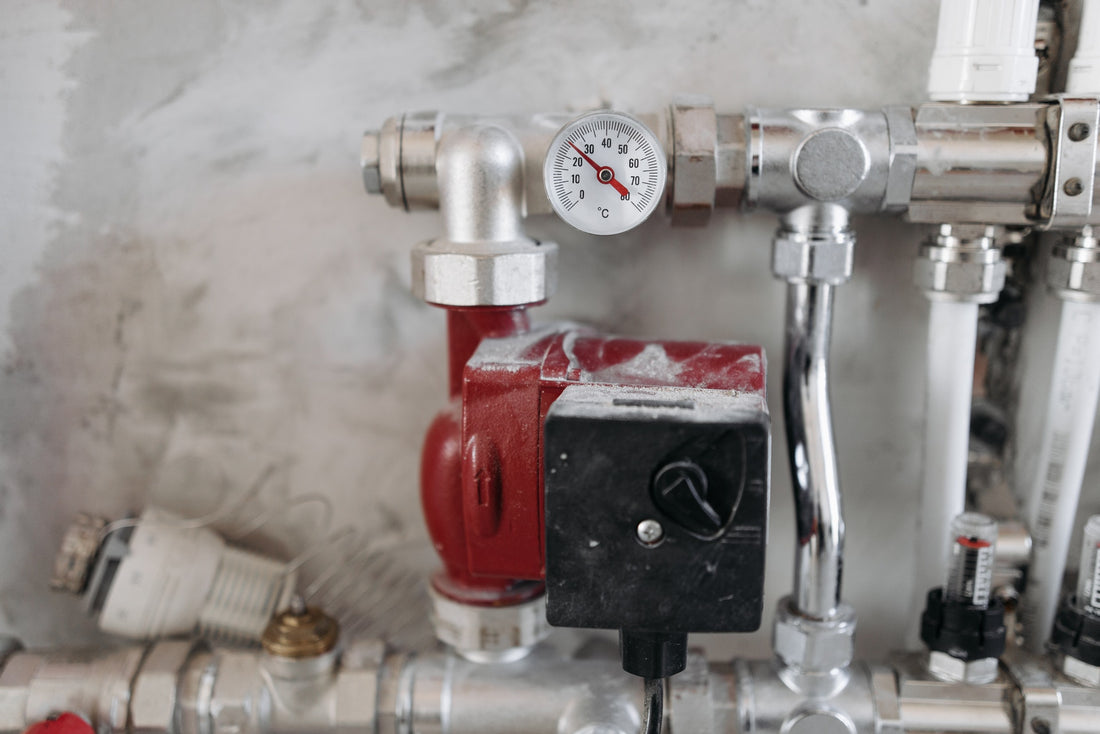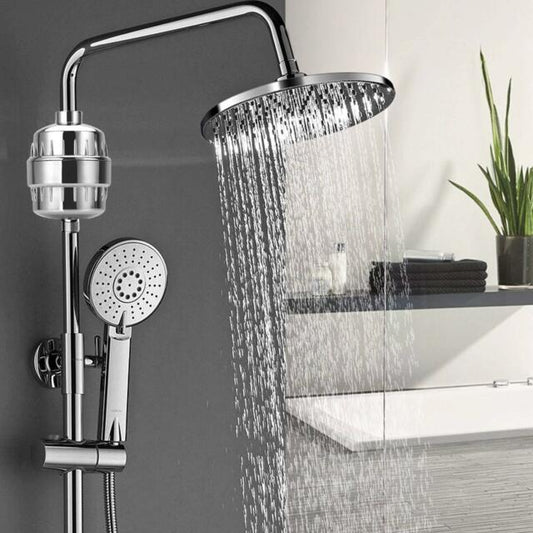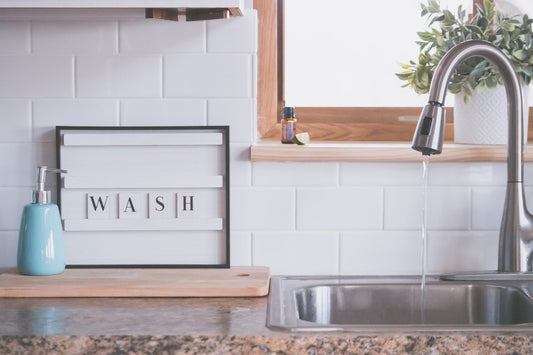What if we told you that 85% of American households have hard water.
Staggering, isn’t it?
If you suspect you have hard water, you’re not alone!
Now, while hard water isn’t life-threatening, it can cause significant damage to your appliances, reducing their efficacy and longevity.
What’s more, hard water also causes dry skin, and dry hair, and can dull your clothes.
To address this issue, many households invest in a water softener. And one of the recurring questions we get from our clients at FilterSmart is how to clean a water softener tank.
That’s why today, we’ve decided to share with you the 5 steps to ensure your water softener tank is clean as new!
Is A Dirty Water Softener Normal?
If you’ve been using a water softener for a while, you might notice a layer of grime on the insides of the tank. It often looks gray or foamy. Now, a water softener aims to remove magnesium and calcium from your water, so it doesn’t deposit onto your appliances, dishes, laundry, hair, and skin.
Therefore, to answer the main question, grime around the insides of your water softener tank, while cringe-worthy, is absolutely normal.
However, it doesn’t mean you shouldn’t worry about it. As years go by, the salt reservoir can end up filled with debris and dirt, clogging up the intake drains and preventing the water softener from functioning properly.
That’s why you need to make sure you regularly maintain and clean your water softener tank!
Process To Clean Your Water Softener
Here are the steps for cleaning your water softener to make it like new and ensure its longevity:
-
Make Sure Your Salt Reservoir Is As Empty As Possible
This will make the task easier and ensure you can do a better job at cleaning the tank. Now, if it’s full as you read this, don’t add any more salt and come back to your tank in a few weeks when it gets close to being empty. And guess what? By letting the salt level drop really low, you might even be helping the water softener system work better. That’s because when the reservoir is filled up to the top, the salt can form a crust and prevent any salt from reaching the drain slots, reducing the efficacy of your softener.
-
Break Down Salt Residues
Once the reservoir or tank is empty, you’ll most likely find a rock-hard salt deposit that has formed over time. To remove the salt clog, use the handle of your broom down to tap the salt until it breaks. If you notice that the broom handle doesn’t do the trick, find something a bit sharper. However, while performing this step, be extremely cautious not to puncture a hole in the bottom and stay away from the edges of the tank. Remove the small chunks that come off as you tap the build-up.
-
Dissolve The Salt Residues
Now that you’ve broken up the salt clog, time to dissolve it and remove it completely. Use a cleaning solution designed to target whatever minerals you have in your home. For instance, if your water is higher in magnesium than calcium, make sure to use a cleaning solution that specifically targets magnesium.
Also, don’t forget to read the manual that comes with your system to ensure you use the right cleaning product. And the same way you need to read your water softener manual regarding the kind of cleaning product you should use, read the cleaning product instructions to pour the exact amount you need based on your tank size.
-
Flush Out The Residues
Now that the residues have been broken down and dissolved in the cleaning solution, the next step is to remove them. Locate your control valve and switch your unit to the regeneration mode. This mode will automatically flush out the grime and minerals from the hard water. Perform this process twice to make sure any residues have been flushed out.
-
Switch Your Water Softener Back To Normal Mode
The last step to clean your water softener is to switch back to normal mode and run tap water through your tank to rinse out any cleaning solution that may be left. And after you’ve completed this step, don’t forget to refill your tank with salt!
Looking For A Salt Water Softener?
At Filtersmart, we provide our clients with high-quality salt-free water softener removing the need for a lengthy cleaning process.
Our quality water softeners are eco-friendly, made in the US, and more importantly, they can remove up to 99% of scale. We’re so confident in the quality of our product that the reusable tank is guaranteed for life. So, if you’re considering purchasing a water softener and need guidance on which water softener would work best for you, don’t hesitate to get in touch.






